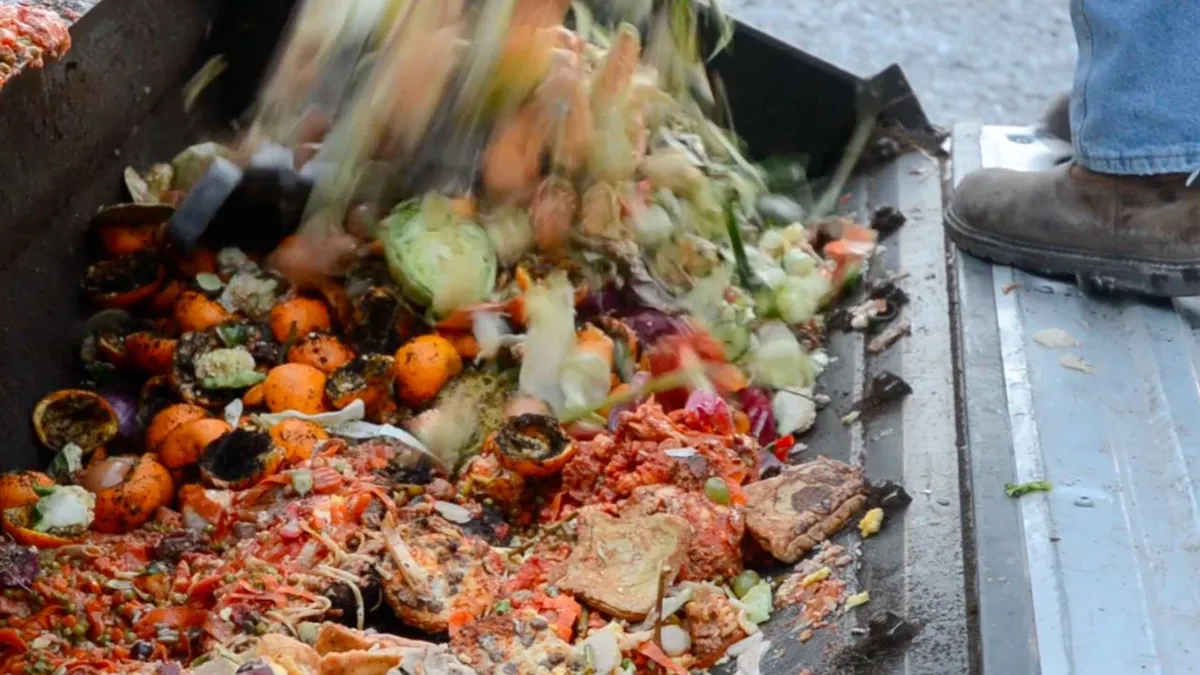Dive Brief:
- According to a new report from the New York State Energy Research and Development Authority (NYSERDA), an estimated 3.9 million tons of food waste are created in the state each year and about 3% of that is diverted from landfills or waste-to-energy facilities.
- Excluding New York City, nearly 1,700 commercial generators would be affected by new diversion requirements proposed by Governor Andrew Cuomo. Factoring in the costs of hauling and tipping, plus emissions from greenhouse gases and sulfur dioxide, this food waste currently costs more than $41 million per year.
- Based on the assumption that a processing facility would be centrally located in each county, and all generators comply, the report estimates potential net benefits ranging from $15.2 million for an all-compost scenario to $22.6 million for an all-anaerobic digestion scenario. These benefits could increase by 15-23% after the first year of implementation once equipment costs have been paid off.
Dive Insight:
Cuomo's NYS Food Recovery and Recycling Act, originally proposed in this year's executive budget, would require commercial establishments that generate more than two tons of food waste per week to begin diverting it by 2021. The main caveat is whether processing capacity is accessible or adequate by 2020, which the state's Department of Environmental Conservation will assess at the time. NYSERDA's report identified dozens of existing facilities, though many more would be needed to achieve the benefits they have projected.
Remaining questions not assessed by the report are whether the financial and political capital exist to site the necessary facilities in all of these counties, how compliance would be enforced and how existing haulers would be affected. One section of the report did identify potential cost savings from renegotiating current waste contracts as refuse volumes decline, particularly for large institutions, though this was assessed from the consumer perspective.
The proposed law's true economic effects may still be hard to quantify, but Cuomo can be expected to use this report — as well as the potential to create renewable energy and increase food donations — to bolster his case during budget negotiations. While related organics diversion bills are also under consideration in New Jersey and Maryland, a potential deal in New York would be the largest of this legislative season by far.












